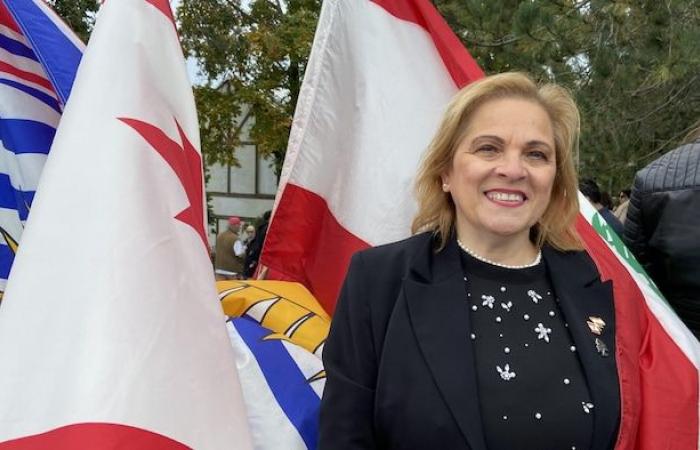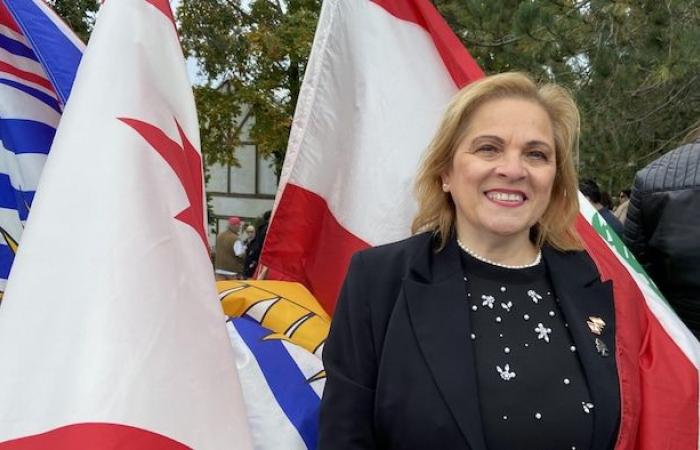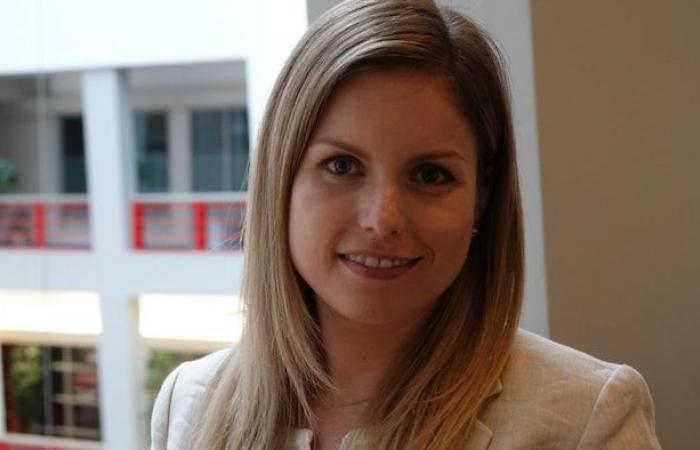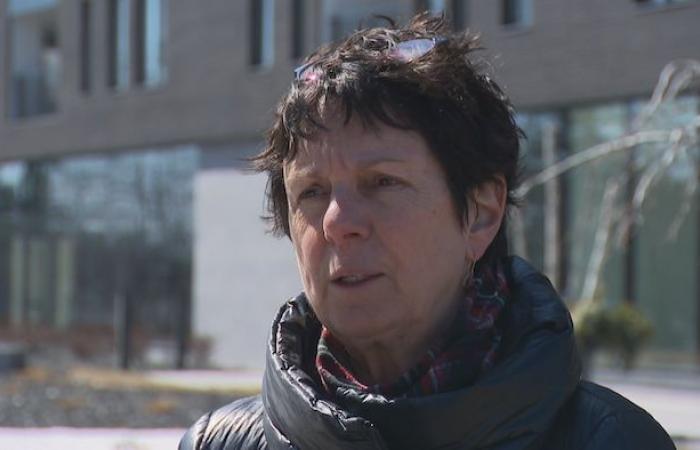Only seven women were elected deputies in the federal elections in the 32 constituencies of the Atlantic. The number of candidates presented by the main political parties is also far from reaching parity between men and women.
The proportion of women elected in the four provinces is 21.87 %.
Nationally, 104 seats out of 343 will be occupied by women in the House of Commons. It is a proportion of 30 %.
Stéphanie Chouinard, professor of political science at the Royal Military College of Canada, is not surprised, but she sees it as a missed opportunity.
It’s been a long time since we knew that Justin Trudeau’s government was in a weak situation. The political parties which would have liked it could very well have prepared themselves better and having candidates aligned in key constituencies
she said.
Beginning of the widget. Pass the widget?End of widget. Return to the start of the widget?
Nova Scotia is the province with the most deputies. Four were elected in the eleven constituencies of the province, that is Hirtle in the field, Jessica Fancy-Landry, Shannon Miedemaet Lena Metlegle Diab.
In 2021, the province had only one elected official, Lena Metlegle Diab.
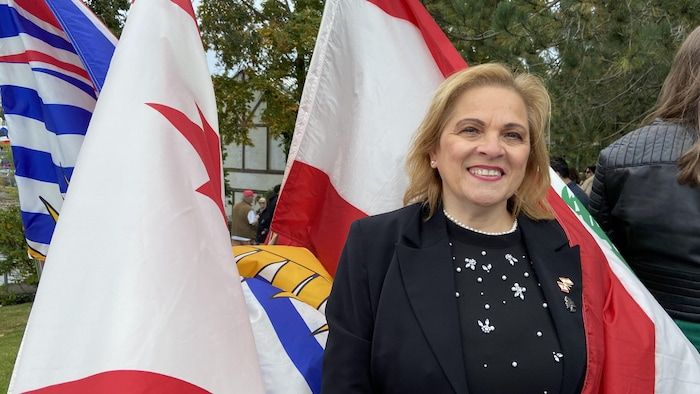
Open in full screen
Three other neo-Scottish deputies join Lena Metlege Diab. (Archives photo)
Photo : Radio Canada International / Samir Bendjafer
In its ten constituencies, New Brunswick goes from two deputies to one. The Liberal Ginette Petitpas Taylor retains its seat while the liberal Jenica Atwin was not represented.
Newfoundland and Labrador has seven constituencies. The province also loses an elected official. They are now two: Carol Anstey et Joanne Thompson.
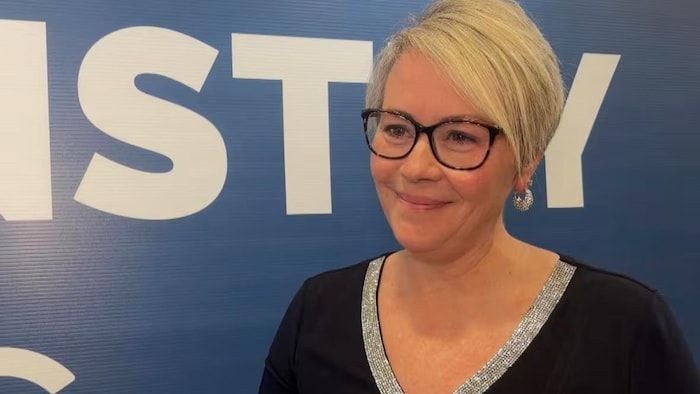
Open in full screen
Carol Anstey is the first woman to represent the Canada Conservative Party in Newfoundland and Labrador. (Archives photo)
Photo : Radio-Canada / Lela Beaudoin
The Prince Edward Island only elected men in its four constituencies. No woman has been deputy in this province since the curator Gail Sheaelected from 2008 to 2015.
The Liberal Party, which has been largely dominant in this province for several years, it is a shame that we do not make an additional effort to go and seek women from Prince Edward Island
comments Stéphanie Chouinard.
In addition, all the women elected to the Atlantic are liberal, except the conservative deputy for Long Range MountainsCarol Anstey.
Few female candidates
In addition, the number of candidates presented by each party did not reach parity between men and women in the Atlantic. In total, 45 women appeared on 158 applications.
These are 28.48 %of candidates, which is below the national average of 37.3 %, which is so far from 50 %.
It’s a shame that we don’t obviously see an improvement on this side
said Stéphanie Chouinard. Political parties have not made a huge effort to aim for parity. I would put the neo-democrats as an exception and they are always the exception, in fact.
Beginning of the widget. Pass the widget?End of widget. Return to the start of the widget?
Of their 32 respective candidates in all the constituencies of the four provinces, the Liberals had nine women in the running and the Conservatives seven. This is equivalent to 28 % for the Liberals and to 21.87 % for the Conservatives.
The NPD presented candidates in all constituencies except South Shore—St. Margarets in Nova Scotia. He is the party closest to parity in the Atlantic, with 45 % of his candidates being women. In total, 14 women arose, but none were elected.
With seven women out of 23 candidates, the Green Party ends second in parity, with a percentage of 30 %.
Eight other women have candidates in other parties or as independent in the Atlantic.
Influential factors
Female candidates went from 43.7 % in 2021 to 37.3 % this year in the country.
For the Atlantic region, for women, it is all the more difficult to take the jump in politics because the workplace in Ottawa is far from the house
comments Stéphanie Chouinard.
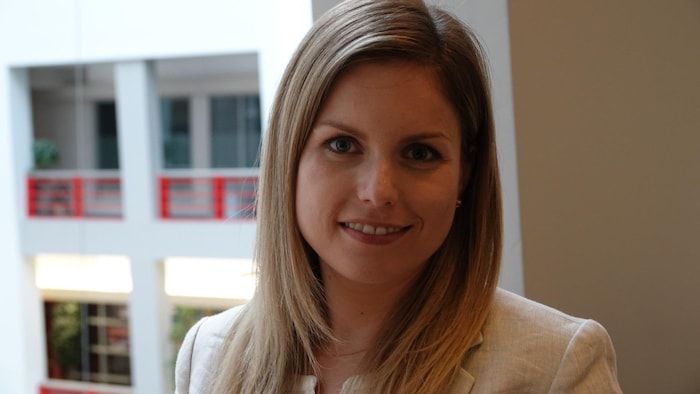
Open in full screen
Stéphanie Chouinard, professor of political science at the Kingston royal military college. (Archives photo)
Photo: Radio-Canada / Rozenn Nicolle
Work-family conciliation is one of the challenges that is noted as one of the barriers to the candidacy of more women.
She adds that there is no reason why the Prince Edward Island has been a separate band since 2015.
Beginning of the widget. Pass the widget?End of widget. Return to the start of the widget?
According to her, there are also more female models, any order of government combined. The election of Susan Holt, for example, is one less border to cross for the place of women in politics
she gives an example.
But, to have a real impact, political parties must put their own. And for the moment, as we have seen in the last elections, this is not really the case
concludes the political scientist.
For a law on parity
The international prize list of countries in parity placed Canada in 48th in 2015. This year, it is 70th.
The Chairman of the Women’s Group, Politicians and Democracy, Esther Lapointe, stresses that this fall is explained because more than a hundred countries have adopted measures to achieve parity in recent years.
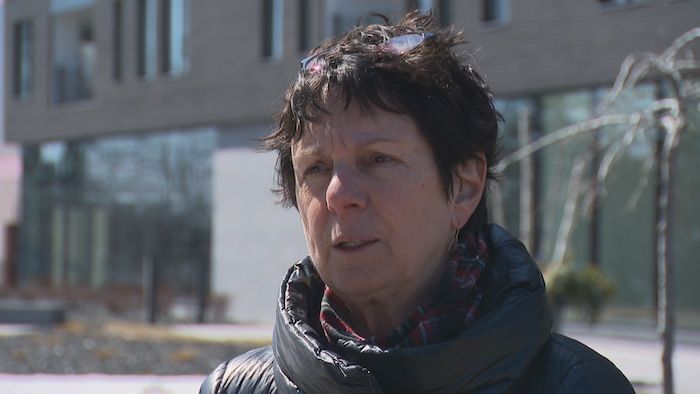
Open in full screen
Esther Lapointe, Managing Director of the Women’s group, politics and democracy. (Archives photo)
Photo : Radio-Canada
Mexico has been found, for example, in the fourth in the world since the implementation of this law, with 50.2 % of women in its parliament. Its political parties have to reach a certain quota since 2014, which forces them to make an additional recruitment effort.
This is where we realize that political will really makes a difference
Note Esther Lapointe, who would like such a law of parity to be adopted in Canada.

